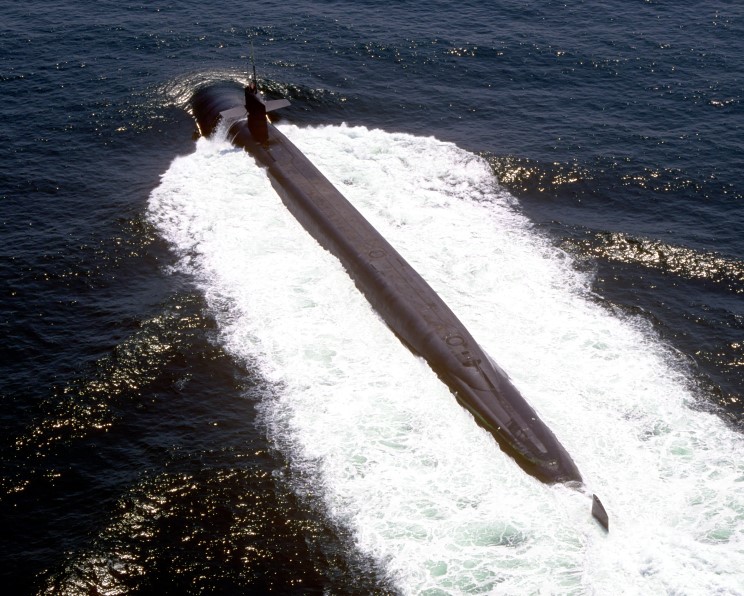http://www.windytan.com/2014/02/mystery-signal-from-helicopter.html
Cute self-taught Finnish hacker extracts helicopter GPS telemetry from YouTube audio.
http://www.windytan.com/2014/02/mystery-signal-from-helicopter.html
Cute self-taught Finnish hacker extracts helicopter GPS telemetry from YouTube audio.

Very interesting video on how the USS Pennsylvania works. Ever wonder how they get fresh air under water to last for months? How they launch a nuclear warhead? How they can make the submarine quiet to avoid detection? See the answers in this video.
http://www.chonday.com/Videos/pen1usnav1
